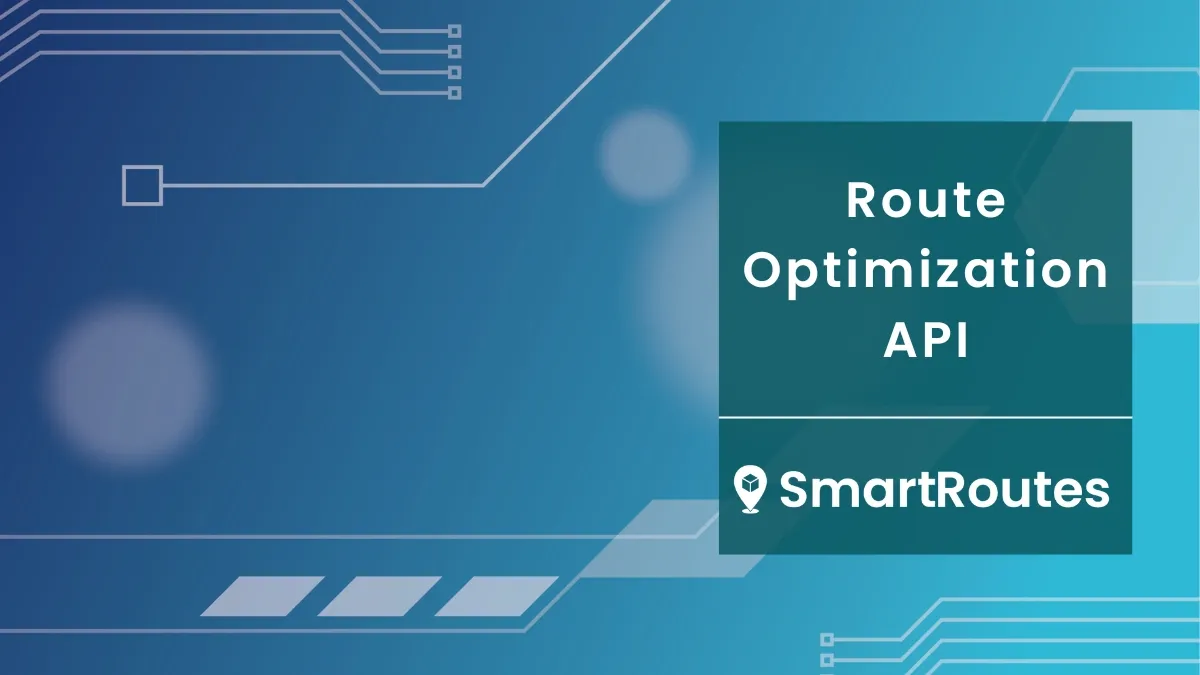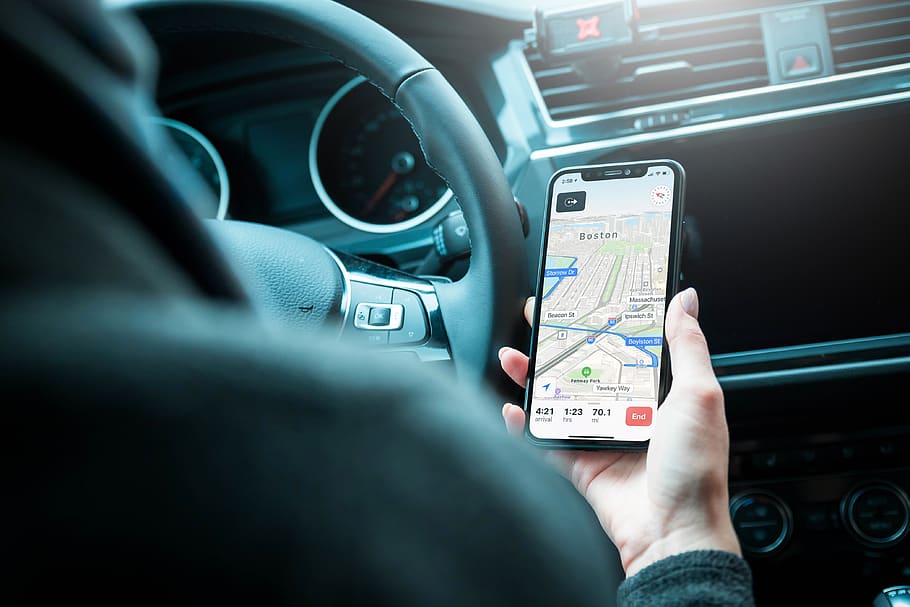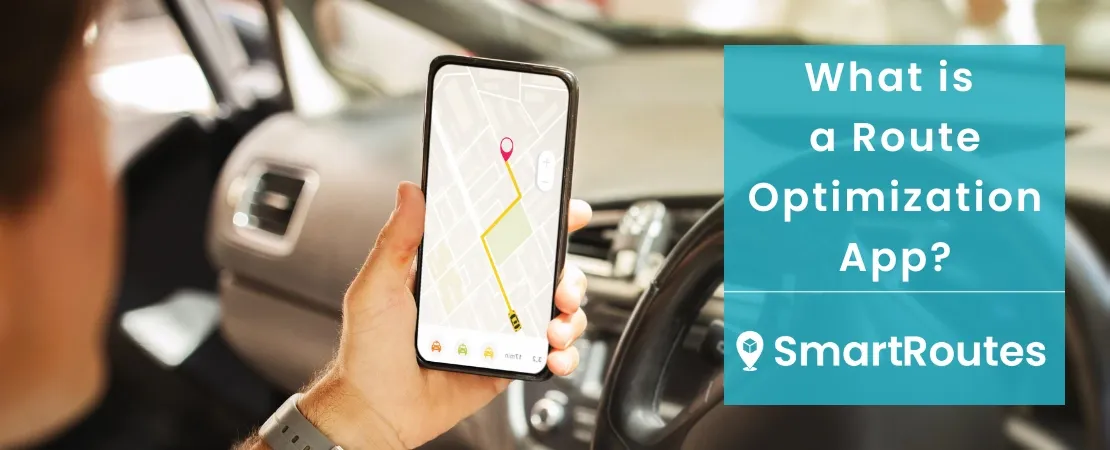I often think that calling route optimization platforms ‘apps’ can be a bit misleading. I always think of apps as something I quickly download on my phone - social media, banking, maybe a food delivery app. But there’s an app for almost everything now, including business operations. A route optimization app isn’t just a simple tool for personal use, it connects entire delivery teams, ensuring drivers, dispatchers and customers stay in sync.
To account for this complexity, most (if not all) route optimization platforms have both a desktop (for planning) and mobile application (for driver navigation). The desktop app is where routes are created and optimized, while the mobile app syncs these routes to drivers, helping them navigate efficiently and complete deliveries with all the necessary tools at their fingertips.
In this blog, we’ll break down what a route optimization app is, what features to look for, and how businesses use them to improve delivery operations.
What is a Route Optimization App?
A route optimization app is a platform that includes both a desktop app for planning and a mobile app for drivers. The desktop app handles route planning, optimization, and real-time updates, while the mobile app provides drivers with turn-by-turn navigation, proof of delivery (POD) capture, live tracking, and more.
Once optimized routes are created on the desktop app, they sync directly to the driver’s mobile app, ensuring they have the most efficient path to follow. This connection between office teams and drivers helps businesses save time, reduce fuel costs, and improve customer satisfaction.
SmartRoutes Route Planning Software
Streamline your entire delivery process, all from one platform

Features to Look for in a Route Optimization App
Route Planning & Optimization
The best route optimization apps factor in key elements such as priority stops, specific delivery windows, and even driver workload to ensure the most effective routes are created. They take the guesswork out of routing by considering all relevant variables, helping businesses save time, reduce fuel consumption, and improve overall productivity.
You should also have the ability to manually update routes as needed. When changes are made, drivers should receive instant push notifications through the app, ensuring they are always aware of updates to their assigned routes. This helps avoid confusion, keeps deliveries on track without delays, and ensures drivers can adapt quickly to real-time adjustments.
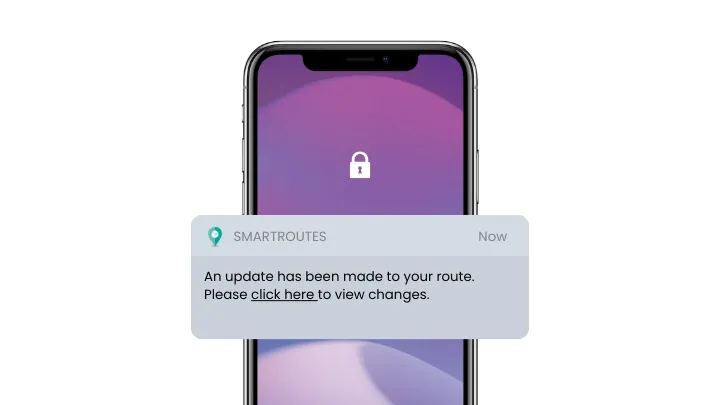
Live Tracking
Office staff should be able to see driver locations in real time using GPS tracking from the mobile app. This tracking should also extend to customers. Automated notifications with live tracking links should be sent when a driver is approaching (e.g., 30 minutes before arrival). This improves transparency and reduces failed deliveries!
Beyond location tracking, businesses should also have access to driver statuses, such as whether they are en route, delayed, or completed a stop. Having this real-time insight ensures dispatchers can react quickly to any changes, improving overall delivery performance.
Proof of Delivery
Drivers should be able to capture POD directly from the app, eliminating the need for paperwork. The best route optimization apps support multiple POD methods, including:
- Photos
- E-signatures using sign-on-glass technology
- Barcode scanning for loading/unloading
- Timestamps (with the location) of when an order is marked as ‘delivered’
This functionality ensures accountability and reduces disputes, providing clear evidence that deliveries were completed as expected.
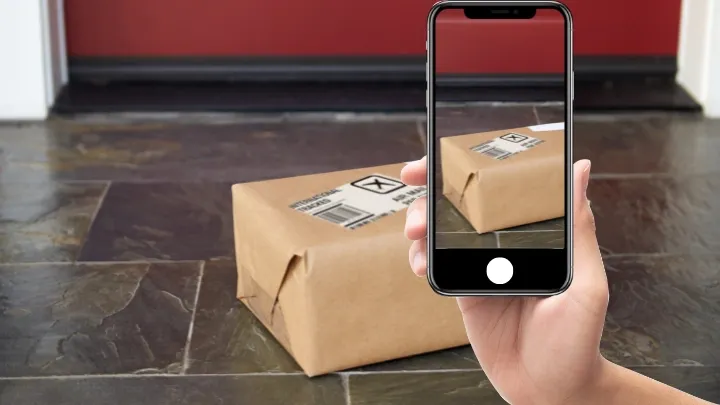
Driver Notes
Drivers should be able to add notes directly in the app which is especially useful for recurring deliveries where specific instructions may apply.
Likewise, if a customer provides delivery instructions, they should be easily accessible in the app, reducing the need for drivers to call customers for details.
Having a well-organized note system ensures that future deliveries go smoothly. Drivers can leave feedback about difficult access points, parking restrictions, or other useful details that can be referenced on subsequent visits.
Driver Questionnaires
Customizable questionnaires should be available at both the route and stop levels. These could include:
- Pre-route checks (e.g., vehicle check)
- Customer acknowledgments (e.g., liability waiver)
- Incident reporting (e.g., documenting a failed delivery reason such as ‘goods damaged on arrival’)
By integrating these questionnaires into the mobile app, businesses can ensure compliance, improve safety, and capture essential data without relying on additional paperwork.
Customizable Driver Settings
Businesses should be able to set app permissions for drivers, such as:
- Whether drivers can modify their routes
- If deliveries must be completed in a specific sequence
- Whether POD is mandatory (and which type is required)
- If they must complete questionnaires before proceeding
- Which navigation app is to be used by default
- And more!
Customizing these settings ensures that drivers follow company protocols while maintaining flexibility where needed.
How Route Optimization Apps Improve Delivery Operations
- Increased Efficiency: By automatically optimizing routes and updating them in real time, businesses can complete more deliveries with the same number of drivers, reducing wasted time and mileage. These apps also reduce manual planning efforts, allowing dispatchers to focus on improving operations rather than constantly planning routes.
- Lower Fuel Costs: Efficient routing means fewer unnecessary miles, which directly translates to fuel savings. Over time, this can make a significant impact on a company’s bottom line.
- Better Customer Communication: Live tracking, automated ETAs, and delivery notifications keep customers informed and reduce the likelihood of missed deliveries and provide customers with a more predictable delivery experience.
- Improved Communication Between Drivers & Office Staff: With real-time updates, dispatch teams can quickly adapt to changes and communicate them directly to drivers via the mobile app. This prevents confusion and ensures smooth delivery operations. Drivers can also report issues such as failed delivery attempts or damaged goods immediately, allowing the office to take quick action.
- Driver Visibility: Delivery teams can see exactly where their drivers are, ensuring efficient routing and providing accurate ETAs to customers when needed. This visibility helps with driver accountability and enables businesses to resolve any delays or inefficiencies quickly.
How Businesses Use Route Optimization Apps
Route optimization apps benefit a wide range of industries by improving efficiency, reducing costs, and enhancing customer satisfaction. Here’s how different sectors use these platforms:
Courier & Parcel Delivery
Courier companies rely on route optimization apps to ensure packages reach customers on time while optimizing multi-stop routes. With automated route planning and real-time tracking, they can reduce missed deliveries and improve efficiency, even when handling high daily volumes.
3PL & Logistics Providers
Third-party logistics (3PL) providers manage multiple clients, warehouses, and fleets, making efficient route planning essential. Route optimization helps them coordinate complex deliveries, reduce transit times, and improve overall fleet & driver utilization.
Retail & eCommerce
eCommerce stores that offer in-house delivery alongside third-party carriers need precise route planning to keep operations running smoothly. A route optimization app ensures deliveries are completed on time, reducing operational costs and improving customer satisfaction, especially for same-day or scheduled deliveries.
Furniture & Large Item Delivery
Unlike smaller parcels, furniture deliveries involve oversized items, specific time slots, multiple-person handling, and detailed customer instructions. Route optimization apps help coordinate these complex deliveries by factoring in vehicle capacity, unloading requirements, and efficient routing to minimize delays.
Highly Regulated Industries (Pharmacy & Cannabis Delivery)
Industries like pharmaceutical and cannabis delivery must comply with strict regulations, including verified recipient signatures, GPS-tracked routes, and secure handling procedures. Route optimization apps provide essential features such as proof of delivery and age verification to ensure adherence to legal requirements while maintaining efficiency.
Food & Beverage Distribution
Delivering perishable goods requires strict time management to maintain quality and safety. Route optimization minimizes transit time, ensures compliance with food safety regulations, and helps distributors plan the most efficient delivery sequences.
Is a Route Optimization App Right for Your Business?
If your business handles deliveries, whether it’s a few stops a day or hundreds, a route optimization app can make a difference. You may need one if managing delivery volumes is becoming increasingly difficult, fuel costs are rising due to inefficient routing, or frequent missed and delayed deliveries are affecting customer satisfaction. A lack of driver visibility and real-time communication can also create challenges that a route optimization app helps resolve.
By implementing this technology, businesses can scale their delivery operations while keeping costs under control.
Ready to see how it works? Sign up for a 7 day free trial and optimize your routes today.
FAQ
1. What is a route optimization app, and how does it work?
A route optimization app helps businesses plan and optimize delivery routes by factoring in variables like delivery time windows, vehicle capacities and driver workload. It typically includes both a desktop platform for planning and a mobile app for drivers to follow optimized routes in real time.
2. What are the key benefits of using a route optimization app?
Businesses that use route optimization apps can reduce fuel costs, improve delivery efficiency, enhance customer satisfaction with accurate ETAs, and streamline communication between dispatchers and drivers.
3. What features should I look for in a route optimization app?
Important features include route planning and optimization, real-time GPS tracking, automated customer notifications, proof of delivery, and the ability to adjust routes dynamically based on delays or last-minute changes.
If you enjoyed this blog, you might also be interested in:
